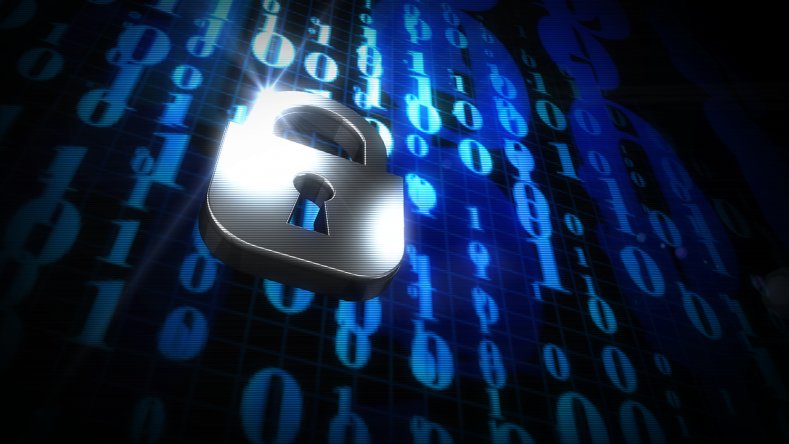JCry – A Ransomware written in Golang!

For several months, QH Labs has been observing an upswing in ransomware activity. We found a new ransomware which is written in Go lang. Malware authors are finding it easy to write ransomware in Go lang rather than traditional programming languages.
Infection of Jcry ransomware starts with a compromised website.

As shown in the above image, malware author tries to impersonate users by pretending to be an update of Adobe flash player and download malware on the user’s machine. Fig 1. contains a part of javascript hosted on the compromised domain, which downloads a malicious file from the given URL. Whenever an impersonated user clicks on the Update button and executes a malicious file with the intention of updating the flash player, malware starts its execution.

Fig 1 : Part of malicious script.
Flow of Execution:

Technical Analysis:
Downloaded malware (flashplayer_install.exe) is Self-extracting archive. On execution, it will extract the below mentioned components in “Startup” directory to create its persistence.
Components:
- msg.vbs
- Enc.exe
- Dec.exe


Fig 2 : Extracted components and SFX instructions.
As mentioned in the above figure malware extract components and starts msg.vbs along with enc.exe(Encryptor)
msg.vbs:
This file is used to impersonate the user that, the system tried to update adobe flash player but access is denied for the user.

Fig 3 : Message shown by msg.vbs
Enc.exe (Encryptor):
This executable is responsible for file encryption and it is written in Go language.

Fig 4 : Go Build ID and library strings of Go Lang found in file.
On execution, it firstly checks for the existence of “personalKey.txt” file in the current directory, to determine that system is already infected or not. If the file exists then malware considers that the system is already infected and it terminates itself. As well as it deletes msg.vbs and Enc.exe with the help of decryptor file. During encryption, it uses the combination of AES and RSA algorithm. File encryption is performed using AES 128 bit algorithm with 16-byte initialization Vector in CBC mode. Hardcoded RSA public key is found in the enc.exe file which is later used to encrypt AES key.

Fig 5 : RSA PUBLIC KEY

Fig 6: Acquire Context for Crypto operations.
It encrypts the below listed 138 extension files.
“3dm, 3ds, 3g2, 3gp, 7z, ai, aif, apk, app, asf, asp, avi, b, bak, bin, bmp, c, cbr, cer, cfg, cfm, cgi, cpp, crx, cs, csr, css, csv, cue, dat, db, dbf, dcr, dds, deb, dem, der, dmg, dmp, doc, dtd, dwg, dxf, eps, fla, flv, fnt, fon, gam, ged, gif, gpx, gz, h, hqx, htm, ics, iff, iso, jar, jpg, js, jsp, key, kml, kmz, log, lua, m, m3u, m4a, m4v, max, mdb, mdf, mid, mim, mov, mp3, mp4, mpa, mpg, msg, msi, nes, obj, odt, otf, pct, pdb, pdf, php, pkg, pl, png, pps, ppt, ps, psd, py, rar, rm, rom, rpm, rss, rtf, sav, sdf, sh, sln, sql, srt, svg, swf, tar, tex, tga, thm, tif, tmp, ttf, txt, uue, vb, vcd, vcf, vob, wav, wma, wmv, wpd, wps, wsf, xlr, xls, xml, yuv, zip”
To speed up the encryption, it encrypts only 1MB data for files of size more than 1 MB. After successful file encryption it appends “.jcry” extension to the filename.

Fig 7:Encrypted files with jcry Extension.
After encryption of files, it deletes all shadow copies with the help of the below command.
“vssadmin delete shadows /all”
and launch Dec.exe using Powershell command.

Fig 8: Vssadmin and PowerShell execution.
Dec.exe:
On execution of Dec.exe firstly it terminates and deletes enc.exe. Dec.exe is console application which asks the decryption key (RSA private key). After entering valid key it may decrypt encrypted files.

Fig 9 : Dec.exe.
It also drops ransom note on desktop location. To recover encrypted files it demands for 500$ as ransom and provides onion link (hxxp://kpx5wgcda7ezqjty.onion) where infected user will get private key after payment.

Fig 10: Ransom Note.
IOCs:
flashplayer_install.exe: c86c75804435efc380d7fc436e344898
Enc.exe : 5B640BE895C03F0D7F4E8AB7A1D82947
Dec.exe : 6B4ED5D3FDFEFA2A14635C177EA2C30D
Recovery Link: hxxp://kpx5wgcda7ezqjty.onion
Wallet Id: 1FKWhzAeNhsZ2JQuWjWsEeryR6TqLkKFUt
Prevention tips
- Regularly take a backup of your important data in external drives like HDD, pen drive or Cloud storage.
- Install an antivirus and keep it updated.
- Keep your Operating System and software up-to-date.
- Never click on links or download attachments from any unknown or unwanted sources.
Subject Matter Expert:
Nagesh lathakar, Pratik Pachpor | Quick Heal Security Labs

No Comments, Be The First!